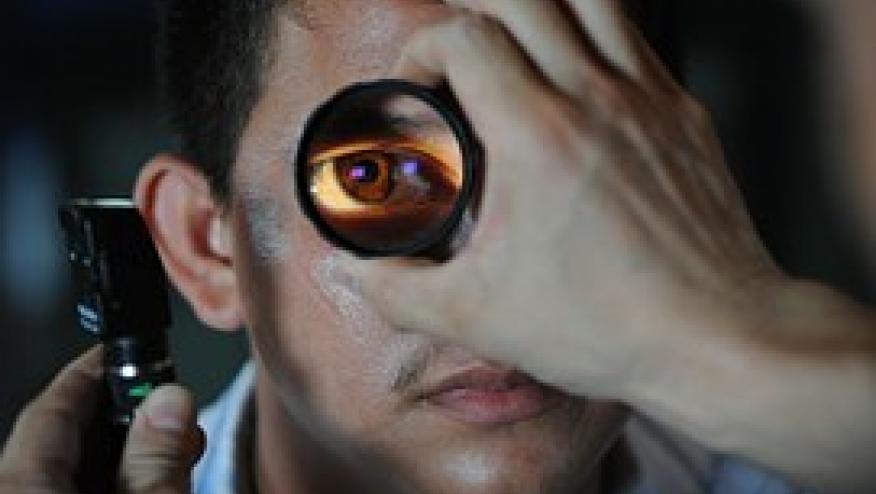Hydroxychloroquine Retinal Toxicity Reviewed Save

Hydroxychloroquine (HCQ or Plaquenil) retinopathy is rare, but still a major concern among patients and prescribers.
In those affected the damage may be subclinical and there are examples when the retinopathy occurs on low-dose HCQ, and others with no evidence of retinopathy despite years of high dose HCQ.
This review article discusses newer methods of retinal assessment beyond the technique of central visual field testing. These newer modalities are increasingly being used for screening and include optical coherence tomography (OCT), fundus autofluorescence (FAF) and multifocal electroretinogram (mfERG). The hope being these will provide earlier evidence of deposition, structural or functional toxicity. However the ideal single best test (with high sensitivity and high specificity) for HCQ retinopathy has universally agreed upon and great debate exists over with methodology should be used.
Nevertheless, well known risk factors for HCQ retinal toxicity include receiving >6.5 mg/kg/day or a cumulative dose of >1000 g of HCQ, being on treatment for >5 years, having renal or liver dysfunction, having pre-existing retinopathy and being elderly. HCQ continues to be a valuable drug in treating rheumatic disease, but clinicians need to be aware of the associated risks and to have arrangements in place that would enable early detection of toxicity.










If you are a health practitioner, you may Login/Register to comment.
Due to the nature of these comment forums, only health practitioners are allowed to comment at this time.